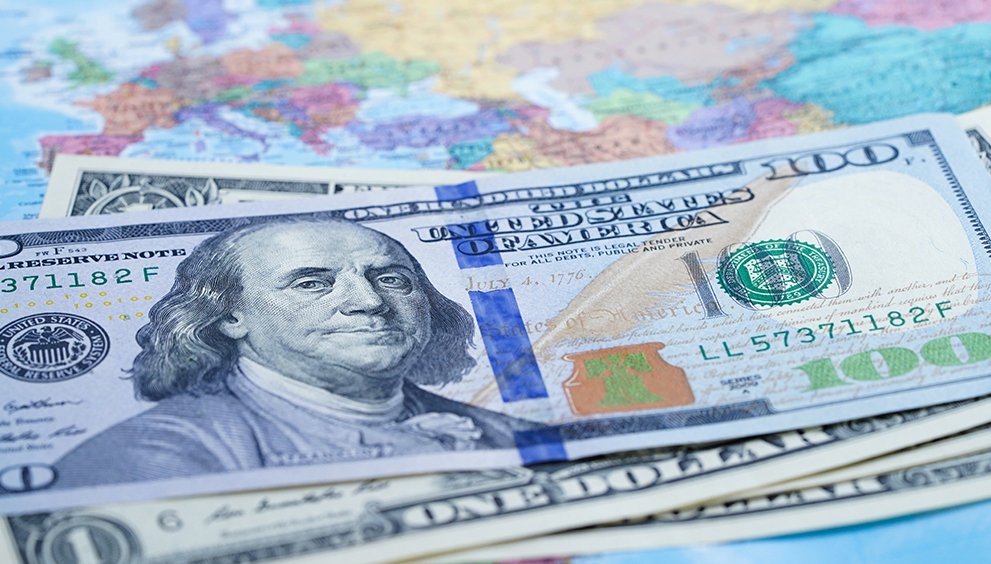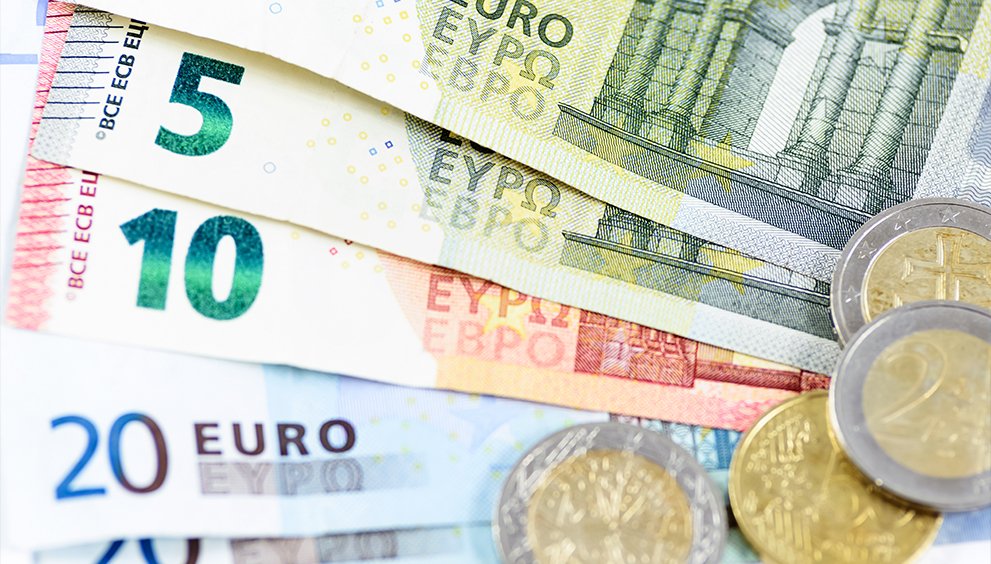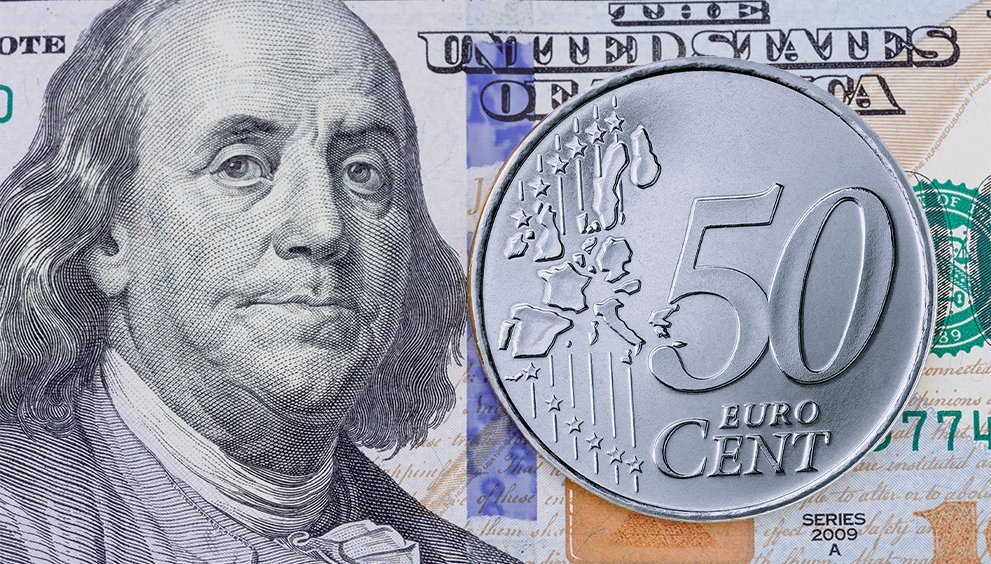EUR/USD Struggles Amid French Political Turmoil

The EUR/USD pair extended its decline and traded near 1.1620 in Wednesday’s Asian session, as political uncertainty in France weighed on the Euro. The common belief is that the joint currency was placed under greater strain after the French Prime Minister Sebastien Lecornu resigned on Monday, casting doubt on financial turmoil and possible delays to the national 2026 budget bill. Market commentators point out that the political vacuum has increased investor uncertainty over Eurozone assets, leaving the Euro weak relative to the US dollar before key US economic news later in the day.
Market reports indicate that the safe-haven demand continues to support the US dollar, though the extended US federal government shutdown is on its eighth day. This impasse has been increased by the inability of US legislators to agree on a spending deal, with anticipation that the stalemate could shortly start to undermine economic momentum curbing additional US dollar gains. President Trump’s remarks about the possible federal layoffs have increased uncertainty, and investors are watching upcoming data in the labour market closely and consumer confidence statistics to interpret economic stress.
Market commentators point out that now the interest of market players is shifting to the publication of the FOMC Minutes later on Wednesday which may provide new information about the policy outlook of the Federal Reserve (Fed). Investors are now pricing in a 25 basis-point rate cut at the October meeting and further decrease is expected in December. Analysts indicate that weaker US data or a dovish Fed may cool the dollar and allow the EUR/USD to get near term support at the 1.1600 psychological level.
Market commentators indicate that in the near term, the negative is free-limiting with oversold phenomenon and possible weaker US growth data. Nevertheless, any sustained recovery can be limited by continued Eurozone political risk and a general increase in risk aversion. It needs to take decisive action above 1.1680 to relieve the bearish pressure, and below 1.1600 may allow the lower ground to 1.1550.
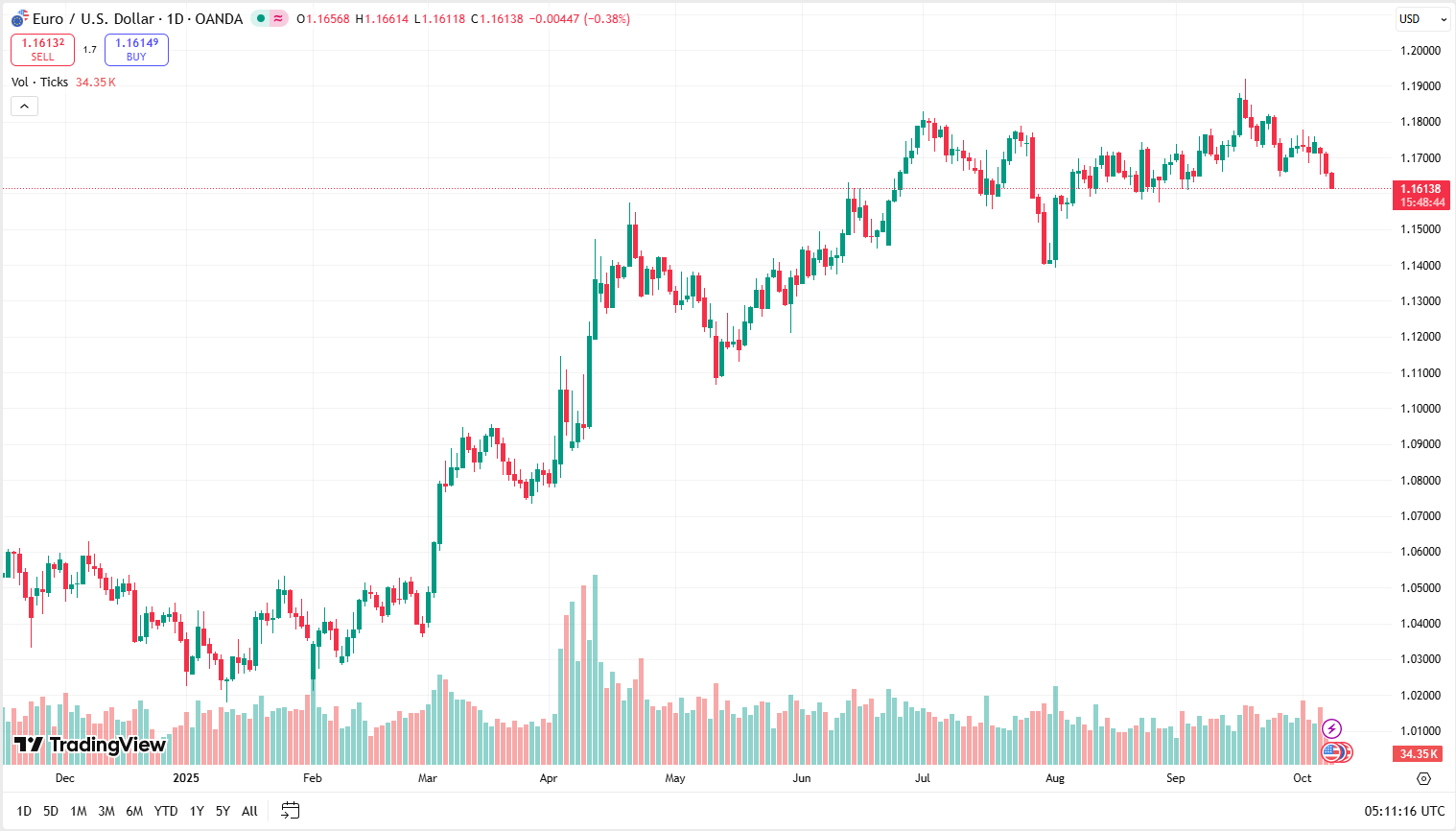
USD/JPY Steadies as Political Risks Weigh
The USD/JPY pair traded with a mild bullish bias and traded around 152.00 in Wednesday’s Asian session, as safe-haven demand for the Japanese yen remained subdued despite political tensions in Europe. The US dollar is thought to have been supported by a wary mood before the issue of the FOMC Minutes later in the day, with traders speculating on the effects of a protracted US government shutdown and the effect that the shutdown might have on the economy. The risk-sensitive Yen was gaining modestly because investors were waiting to get clear policy guidance by the Federal Reserve and the Bank of Japan (BoJ).
Market reports point out that the current federal government shutdown in the US, which is now in its eighth day, has expressed fears of fiscal dysfunction in Washington. The threat to federal job cuts that President Trump put in place in the event that the impasse continues past Monday further complicated the picture, yet the dollar had thus far enjoyed the benefits of being a global reserve currency. Meanwhile, the poor US consumer market and labour market data has spawned discussion of the Fed pivoting to more accommodative operations earlier than anticipated to cool the upward trend of the dollar.
Market analysts note that the focus is now on FOMC Minutes, which can shed some light on the rate reduction frequency and scope ahead. The market expectations are now directed at a 25 basis-point decline in October and another decline in December. Analysts note that a dovish tone or a possible declining US growth may restrict additional USD/JPY gains particularly when risk sentiment is poor and investors are looking to run to the Yen.
Technically, market observers note that the two are technically constrained at 150.20 and the first level is 149.30. Analysts indicate that in the short term, the price action may be range bound, and the weak US data may be dragging down the dollar in the next few sessions. But medium-term risks are in favour of a weaker USD/JPY in case US fiscal and policy issues intensify.
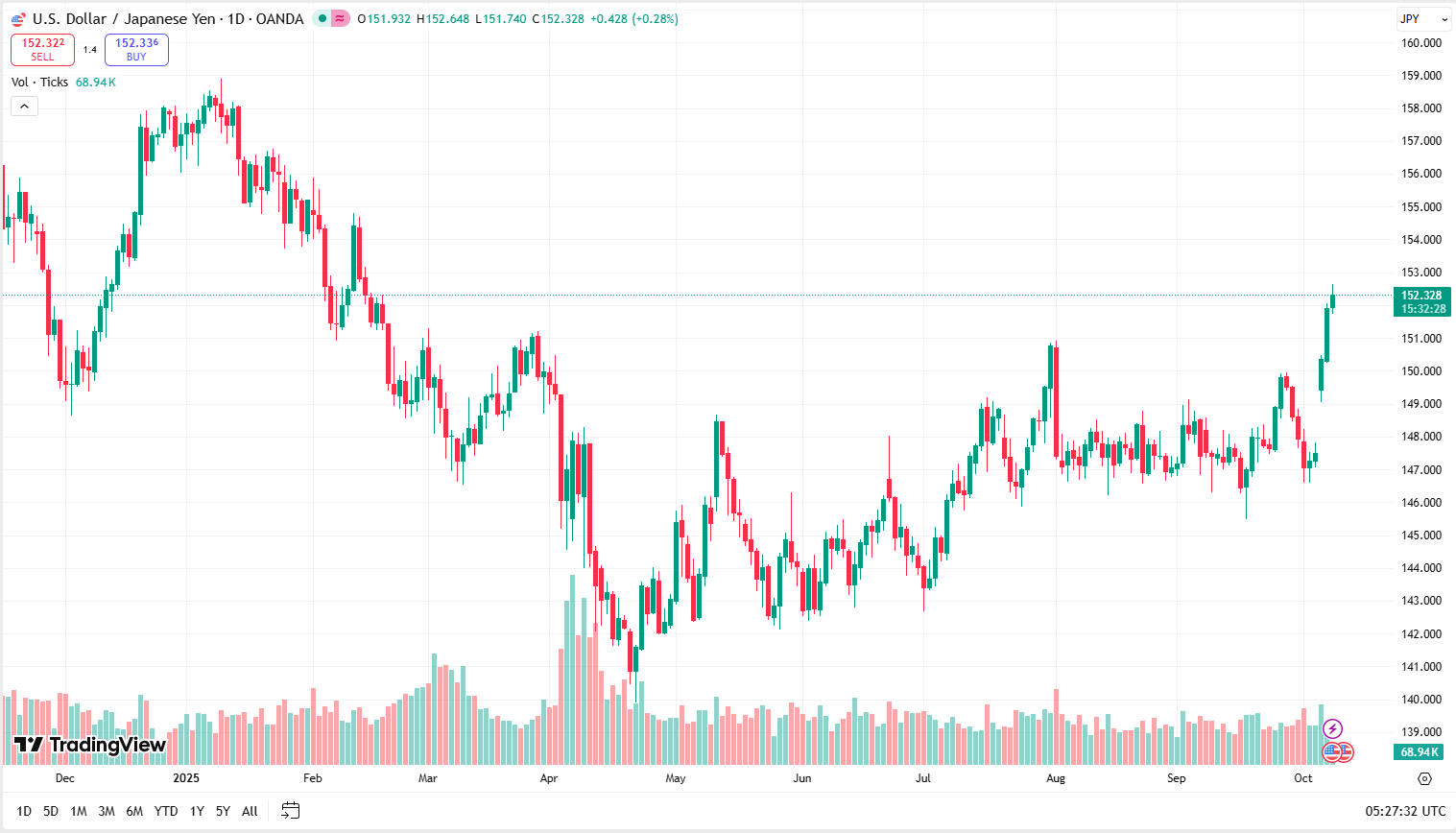
GBP/USD Weakens Amid Dovish BoE Outlook
The GBP/USD pair extended its decline and traded near 1.3390 in Wednesday’s early European session, pressured by a weaker pound sterling amid renewed expectations of another Bank of England (BoE) rate cut later this year. The dovish mood of the BoE is thought to have been created by the growing anxieties over the labour market of the United Kingdom where employers seem to be worried about adding to the workforce. Market reports indicate that UK companies in the three months through September intend to maintain employment on hold, the first since January, indicating a possible deceleration of the recruitment pace.
Market commentators note that labour market softness, combined with still-present inflationary pressures and low levels of economic growth, remains the influence behind a tense policy stance by the BoE. The central bank has so far kept the stance of gradual and cautious monetary easing, balancing between supporting growth and not abruptly changing the policy. Market participants are now awaiting any guidance from BoE Chief Economist Huw Pill on the policy future. His earlier decision to maintain rates at 4.0% indicates that the BoE is still suspicious of going loose too soon in the face of persistent inflation fears.
Market reports indicate that on the US side, the dollar has been sustained despite the uncertainty on the continued federal government shutdown, which is currently in its second week. The Washington stalemate has not yet materially harmed US dollar sentiment, but a prolonged shutdown may burden near term confidence and hamper any uptrend momentum of the Greenback. Traders are also keen on the scheduled release of the FOMC Minutes and future speeches by various Fed officials to give an insight on the direction of the future policies.
Analysts point out that GBP/USD has short-term support of 1.3350 and resistance of 1.3450. A cautious BoE perspective and robust US economic results still give the dollar the edge of the wind and the pound remains at risk of another round of downside pressure in the medium term. The GBP/USD exchange rate is likely to fluctuate in response to forthcoming economic indicators and policy signals from central banks.
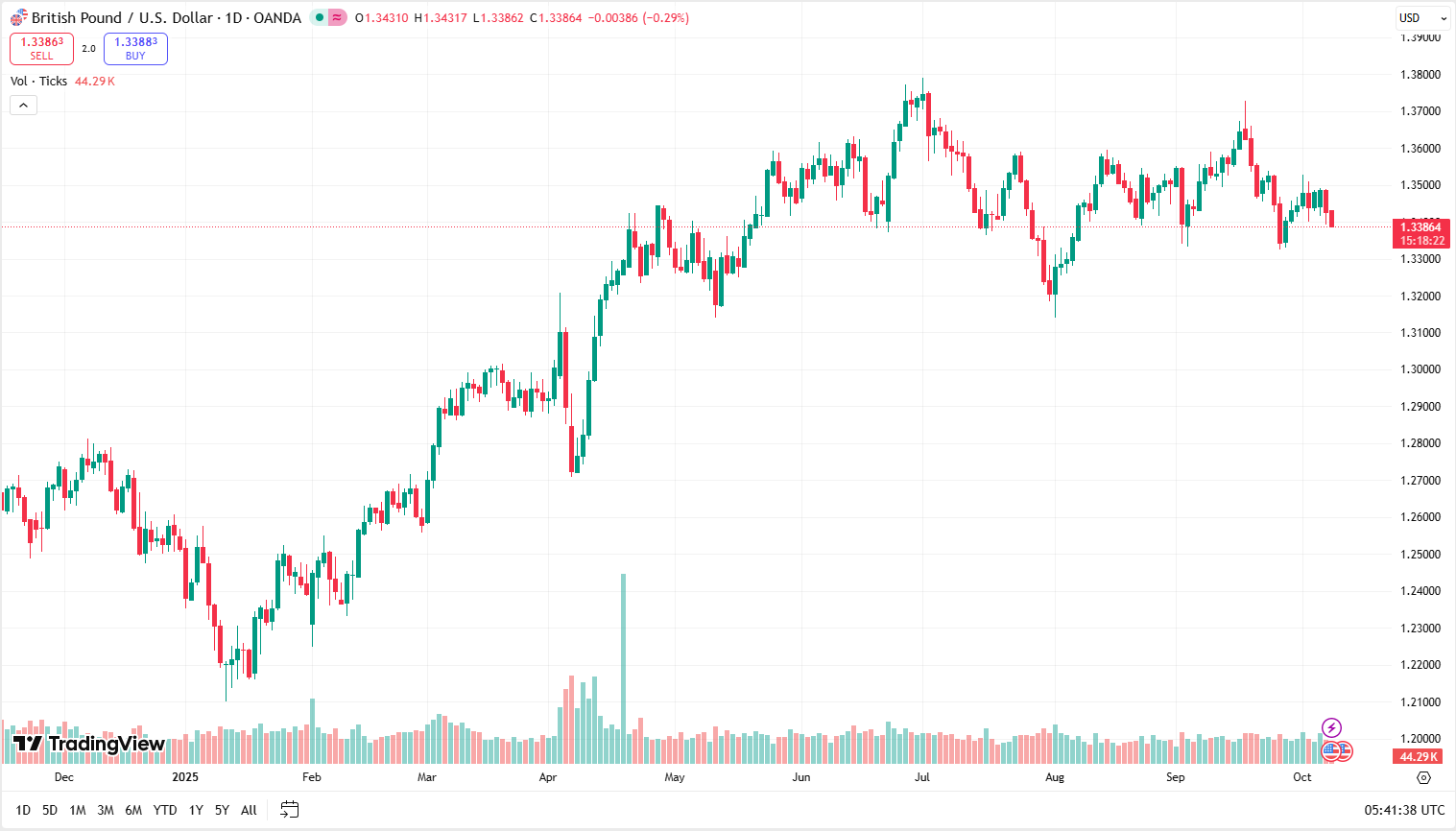
USD/CAD Extends Gains Amid Shifting Fed Outlook
The USD/CAD pair extended its advance for the second consecutive day and traded around 1.3960 in Wednesday’s Asian trading hours. The US dollar is thought to have gained strength when the US Consumer Inflation Expectations of the year ahead increased to 3.4% in September, the highest in five months since 3.2% in August. The rise in inflation expectation gave the Greenback near term support which enabled it to regain slightly against the major peers, such as the Canadian dollar.
Market commentators note that the positive momentum in the US dollar in the market can be stopped in case of dovish expectations on the Fed’s policy outlook. According to the CME FedWatch Tool, markets are now putting in a probability of 95% of a 25-basis-point rate reduction in October and a second reduction in December. Market reports indicate that the latest statements by Fed officials have only strengthened this perception with Governor Stephen Miran indicating that the monetary policy should relax to match a lower neutral rate. Minneapolis Fed President Neel Kashkari, however, kept a low profile, saying he is not certain that the inflation caused by tariffs will continue.
Market commentators note that on the Canadian side, the Loonie is still backed by firmer Oil prices, which is strengthening in its fourth consecutive session. West Texas Intermediate (WTI) crude was trading at about $62.00 per barrel as OPEC+ announced a reduced production increment, which supported the demand of commodity-related currencies. With Canada being a major supplier of Crude to the US, increased Oil prices partially balance the US dollar gains.
Analysts report that traders will keep an eye on US scheduled economic releases such as the Producer Price Index (PPI) and weekly unemployment claims. The weaker data can support the belief of the policy being eased, which might put an upper limit on the rise of USD/CAD, and hard data can provide a fresh wave of short-term encouragement before the medium-term risks of downfall come back.
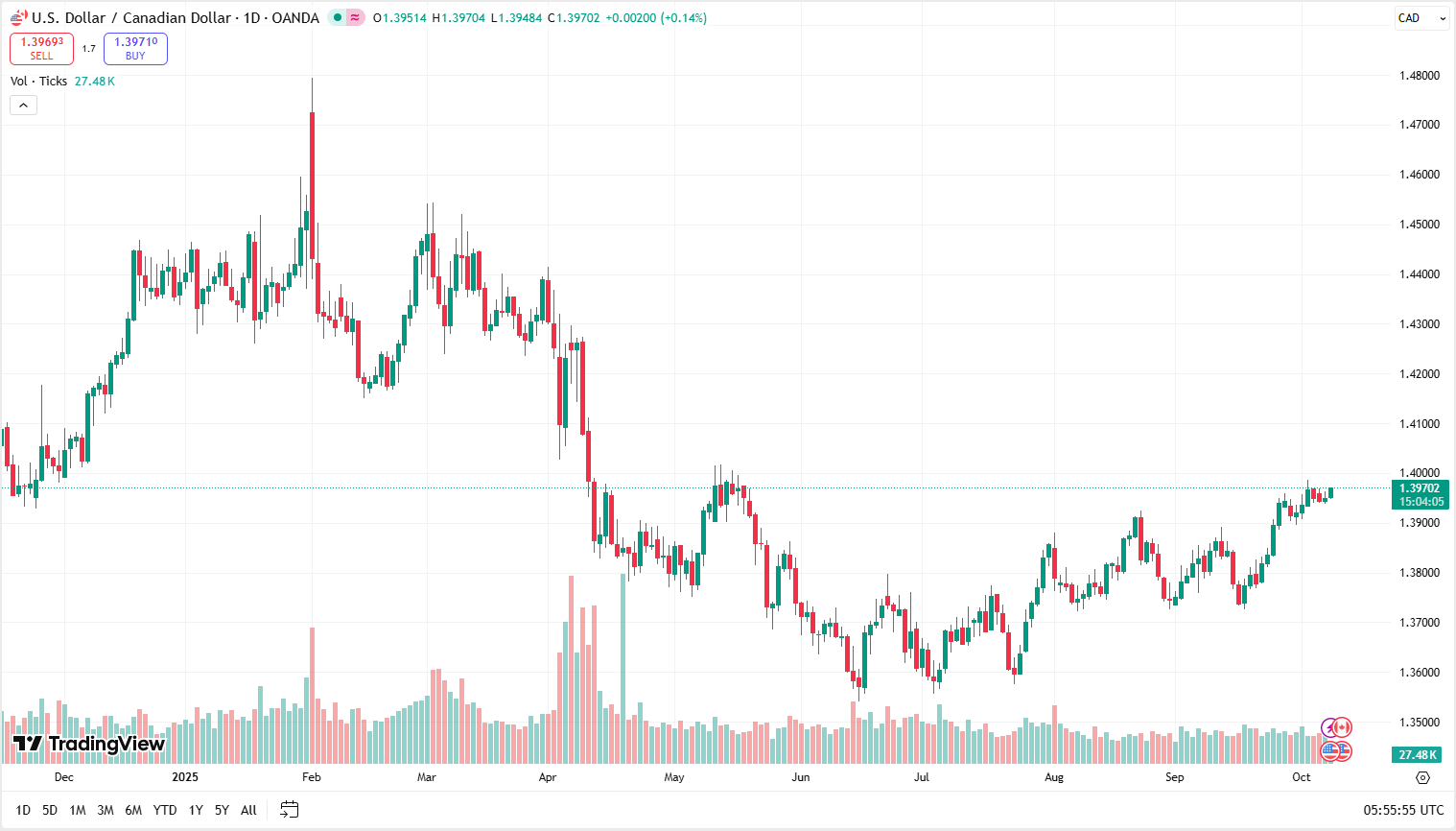


 English
English 











































































